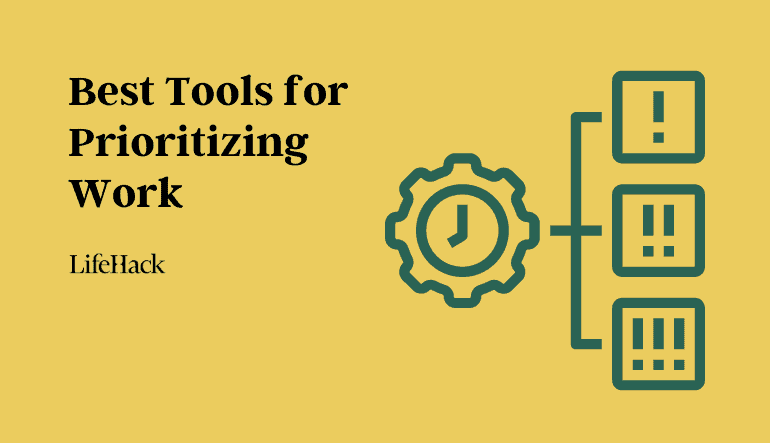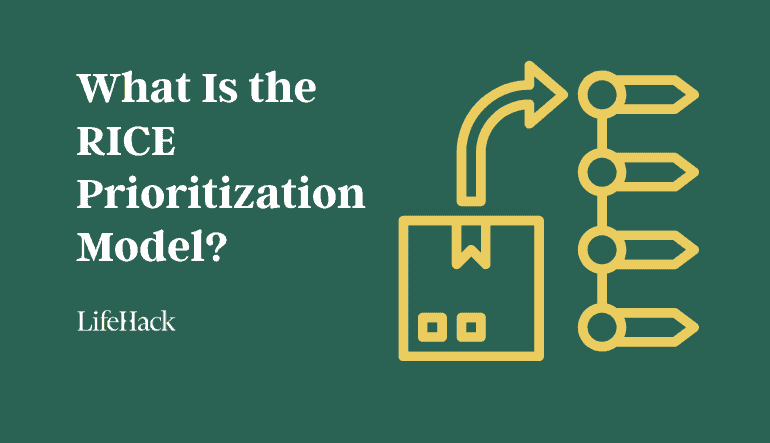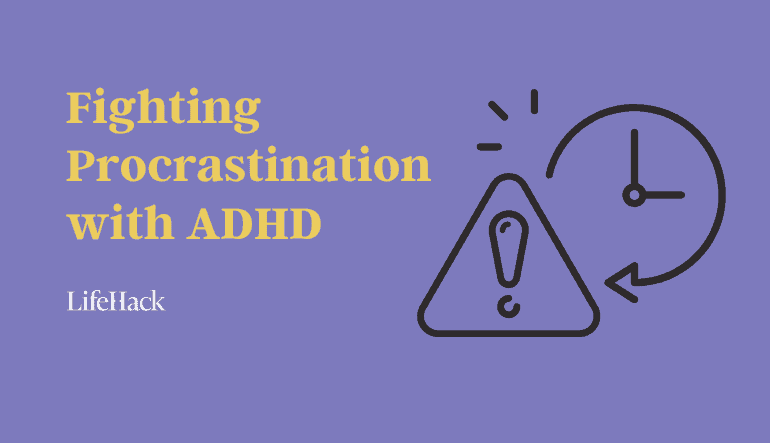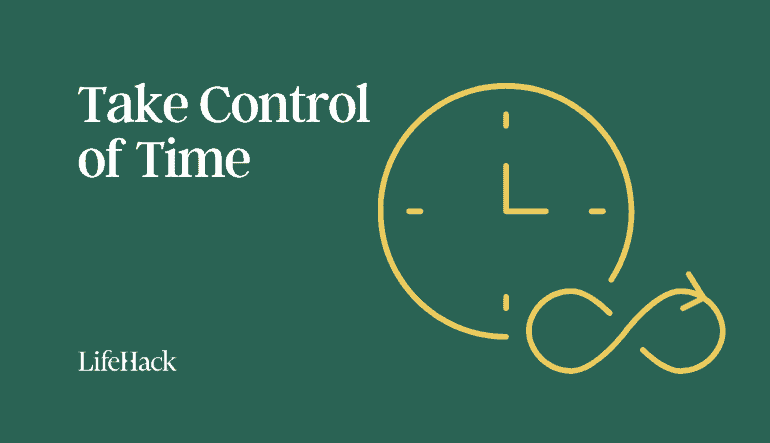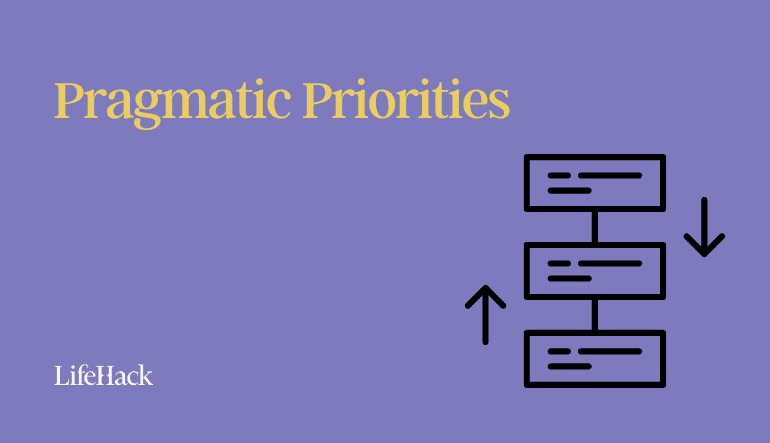Table of Contents
Introduction: The Significance of Life Goals
In life, what you aim for often determines where you end up. Our life goals quietly shape our daily decisions and long-term trajectory. Whether it’s advancing in a career, building meaningful relationships, or mastering a new skill, having clear goals provides a sense of purpose. But what exactly makes a goal effective, and why do some people achieve success more readily than others? This article explores the many facets of goal-setting in life—from personal development ambitions to professional milestones—and how understanding these facets can help you reach your own aspirations.
In a style reminiscent of a Paul Graham essay, we’ll take an engaging and analytical look at goals in life. We’ll discuss the difference between personal and professional goals, compare short-term versus long-term aspirations, and delve into the psychology behind motivation and achievement. Along the way, we’ll reference credible studies to shed light on how our minds work when pursuing success. Finally, we provide practical strategies for setting and achieving your goals. By structuring our thoughts with clear headings and examples, this guide is designed to be both insightful and easy to navigate—ideal for anyone interested in personal development and achieving success.
Personal Goals vs. Professional Goals
One of the first distinctions to make when considering life goals is between personal goals and professional goals. Personal goals are those tied to our private lives and individual growth. They contribute to our happiness and well-being on a deeply personal level. Professional goals, on the other hand, relate to our careers or public achievements and often come with external rewards like promotions or recognition.
Examples of personal goals:
– Improving health and fitness (e.g., running a marathon or adopting a healthier diet).
– Pursuing hobbies or skills (e.g., learning a language or playing a musical instrument).
– Building relationships (e.g., spending more quality time with family and friends).
– Achieving financial milestones (e.g., saving for a home, becoming debt-free, or investing for retirement).
Examples of professional goals:
– Career advancement (e.g., earning a promotion or leading a high-profile project).
– Educational achievements (e.g., obtaining a degree or certification to boost your career).
– Entrepreneurial ambitions (e.g., launching a business or creating a new product).
– Gaining industry recognition (e.g., becoming a thought leader, speaking at conferences, or publishing work in your field).
Paul Graham often emphasizes working on what truly matters to you, and this applies to balancing both personal and professional aspirations. Personal development isn’t separate from professional success—they can complement each other. For instance, improving communication skills might be a personal goal that also boosts your career. Likewise, achieving a professional milestone, such as financial stability, can enable personal pursuits like traveling or starting a family. The key is understanding how these categories of goals interrelate and influence your overall life satisfaction.
However, conflicts can arise. A demanding career goal might take time away from personal life, or vice versa. This is where prioritization comes in. We must ask: Which goals align best with my values and long-term vision of a fulfilling life? If family ranks high on your list of values, personal goals around family time shouldn’t be perpetually sacrificed for work. Conversely, you might sometimes accept short-term trade-offs—like spending less leisure time—to accomplish an urgent professional objective. This trade-off lies at the heart of the work-life balance challenge.
Balancing personal and professional goals requires self-awareness and honesty. Regularly reflect on both domains: Are you investing effort in your personal development as much as in your career? Successful people often find synergy between the two. For example, entrepreneurs often draw from personal passions to fuel their professional ventures. When your career aligns with your personal interests and values, work doesn’t just feel like work—it becomes part of your personal growth journey.
In summary, distinguishing personal and professional goals clarifies why you pursue each aim. Personal goals nourish your inner well-being, while professional goals drive external achievement. Both are important, and a fulfilling life usually involves a mix of each. Understanding their differences and connections will help you allocate your time and energy wisely, ensuring that neither realm is neglected.
Short-Term vs. Long-Term Aspirations
Goals also differ in their time horizon. Short-term goals are objectives you can achieve in the near future—days, weeks, or months. Examples include finishing a course, saving a certain amount of money this quarter, or improving a specific skill. Long-term goals span years or even decades, such as building a successful company, writing a book, or achieving financial independence by retirement. Both types are crucial in the grand scheme of your life plans, and they serve different purposes.
Short-term goals often act as stepping stones toward larger aspirations. They break down big dreams into manageable tasks. For instance, if your long-term goal is to run a marathon (a year or two from now), a short-term goal would be to follow a training plan this week or to run a certain number of miles this month. Achieving these small milestones provides motivation and a sense of progress. Psychology research highlights that people feel more motivated when they see regular progress [1]. Celebrating these small wins keeps you engaged and confident on the journey to your long-term goal.
Long-term goals give you a vision to work toward. They often align with your core values and life purpose. Paul Graham might note that having an ambitious long-term vision can be a powerful motivator—like a guiding star that keeps you oriented through life’s ups and downs. However, the challenge with long-term aspirations is that they can feel distant or overwhelming. Without a plan, it’s easy to procrastinate or lose sight of them amid everyday responsibilities. This is why bridging the gap between short-term and long-term is critical. Psychology research also backs this up: classic experiments on delayed gratification (like the Stanford marshmallow test) showed that those who could resist an immediate treat in favor of a larger future reward tended to achieve better life outcomes. The ability to delay gratification and keep focused on future rewards is crucial when pursuing long-term goals.
There’s also a psychological benefit to mixing short- and long-term perspectives. Short-term goals ground you in actionable tasks today, preventing the paralysis that can come from only thinking about a daunting 10-year project. Long-term goals, conversely, provide meaning to those mundane daily tasks. If you know that today’s work contributes to a bigger life goal, even boring tasks become more meaningful. It’s a bit like connecting the dots between now and the future.
Life is unpredictable, and sometimes long-term goals change as we grow. As the saying goes, “Most people overestimate what they can do in one year and underestimate what they can do in ten years.” This highlights the importance of balancing immediate efforts with a long-range vision. Short-term goals might need adjustment if circumstances shift. For example, you might have a five-year career plan, but if an unexpected opportunity arises in year three, your end goal might evolve. That’s okay—adaptability is part of effective goal-setting. The process of pursuing goals can clarify what you truly want, leading to refined or new goals over time.
In essence, short-term and long-term goals should work in tandem. Think of short-term goals as the actionable strategy and long-term goals as the vision. By managing both, you handle immediate priorities while also steering steadily toward big achievements in your personal development and quest for achieving success.
The Psychology of Motivation and Achievement
Understanding the psychology behind goals can greatly improve how you set and pursue them. Decades of research in psychology have tried to answer: What drives us to achieve, and how can we use that knowledge to set better goals?
One fundamental concept is intrinsic vs. extrinsic motivation. Intrinsic motivation comes from within—you pursue a goal because it personally rewards or fulfills you (like learning guitar for the love of music). Extrinsic motivation comes from external rewards (like studying just to get a good grade or a promotion). Studies show that people who are driven by intrinsic motivations tend to be more persistent and satisfied. For example, research by Kasser and Ryan found that individuals who prioritize intrinsic life goals (such as personal growth or relationships) report higher well-being than those chasing extrinsic goals like fame or wealth [2]. The lesson? When setting your goals, ensure they resonate with your inner values and interests, not just external measures of success.
Another key insight comes from Goal-Setting Theory, pioneered by psychologists Edwin Locke and Gary Latham. They found that setting specific and challenging goals often leads to higher performance than easy or vague goals. In a classic paper, Locke & Latham noted that over 1,000 studies have shown the benefits of challenging goals in boosting effort and persistence [3]. A clear target (e.g., “increase sales by 10% this quarter”) tends to energize people more than a loose one (“do your best in sales”). However, there’s a caveat: if a goal is too rigid or overly ambitious, it might backfire. People who fail to meet overly high goals can experience reduced motivation and self-esteem [4]. The takeaway is to find that sweet spot: ambitious enough to inspire effort, but realistic enough to be attainable with hard work.
Carol Dweck’s work on mindset also offers valuable perspective. Dweck distinguishes between a fixed mindset (believing abilities are static) and a growth mindset (believing abilities can be developed). If you approach your goals with a growth mindset, you’re more likely to embrace challenges and persist through setbacks, seeing them as learning opportunities rather than final verdicts on your ability. For instance, someone with a growth mindset responding to a failed attempt to start a business might analyze the experience to improve, rather than conclude “I’m just not cut out for this.” This resilience is crucial; any significant goal will come with obstacles, and your attitude toward those obstacles often determines your eventual success.
The concept of grit, studied by Angela Duckworth, ties into this. Grit is defined as the perseverance and passion for long-term goals. Duckworth found that grit can predict success in various domains—from cadets surviving West Point training to students winning spelling bees—sometimes even more than IQ or talent. This suggests that simply sticking with your goals and maintaining effort over time is a powerful component of achievement [5]. It’s an encouraging thought that consistency and resilience can level the playing field even if one isn’t the “smartest” or most naturally talented.
In summary, the psychology of achievement tells us: choose goals that genuinely motivate you from within, set them with clarity and ambition, maintain a mindset that treats setbacks as learning opportunities, and cultivate the patience and grit to keep going. These mental factors form the foundation that makes following through on your plans possible. Understanding why we tick the way we do enables us to not only set smarter goals but also to persevere on the path to reaching them.
Strategies for Achieving Your Goals
Understanding goals is one thing; achieving them is another. It helps to have concrete strategies. Below are some effective, research-backed approaches to turn your goals into reality:
- Set Clear, Specific Goals: Define exactly what you want to achieve. Vague intentions like “be healthier” or “get rich” can leave you directionless. Instead, be specific: “exercise 30 minutes a day, five days a week” or “save $500 a month for an investment fund.” A well-defined goal is not only easier to track but also more motivating. Many people use the SMART criteria (Specific, Measurable, Achievable, Relevant, Time-bound) to formulate goals, ensuring you have a concrete target to hit within a timeframe. Psychologists note that specific goals channel your effort better and yield higher performance than general ones [6].
- Align Goals with Your Values: Make sure your goals truly matter to you. If you set a goal just because society or someone else says it’s important, you may struggle to stay motivated. Do some self-reflection: Does this goal align with my passions and values? When your goal is personally meaningful, working toward it becomes inherently rewarding. For example, if you value creativity, a goal to “write a novel” will carry intrinsic satisfaction that keeps you going even when it’s tough.
- Break Big Goals into Small Steps: Any long-term goal can seem overwhelming if you only focus on the finish line. To avoid burnout or procrastination, break it down. Create short-term goals or milestones that lead up to the big goal. If your aim is to launch a business, your smaller steps might be: conduct market research this month, develop a prototype by next month, and acquire your first customer within three months. This approach makes large projects manageable and gives you frequent victories to celebrate, boosting momentum. Additionally, try turning these steps into habits. By focusing on a daily or weekly routine (a “system” rather than just the outcome), you ensure consistent progress. For example, instead of simply aiming to “write a book,” commit to writing for 30 minutes every day; over time, this habit will lead to the larger accomplishment.
- Write It Down and Share: Don’t just keep goals in your head—write them down. Better yet, tell a friend or mentor about what you’re aiming for. Writing clarifies your objectives and creates a psychological commitment. Sharing adds accountability; you’re more likely to follow through if someone else knows about your goal. In fact, research from Dominican University found that those who wrote down their goals and sent weekly progress updates to a friend achieved significantly more than those who didn’t . Consider finding a “goal buddy” to exchange progress with.
- Track Progress and Adapt: Regularly monitor how you’re doing. Are you moving toward your goal or stuck? Use a journal, app, or simple checklist to record progress. This tracking helps you stay honest with yourself and can be highly motivating as you see improvements over time. If you find that a strategy isn’t working, be willing to adjust your approach. Achieving big goals often requires trying new tactics and learning as you go. The path to success is rarely a straight line; adaptability is your friend. Sometimes adaptation could even mean redefining the goal if your priorities change or if you realize your initial aim was off the mark.
- Embrace a Growth Mindset: As mentioned, your mindset towards challenges will make or break your goals. Expect that you’ll face obstacles and maybe even fail on your first attempt—that’s normal. Instead of giving up, ask what can I learn from this? Treat each setback as data, an opportunity to refine your strategy. This resilient approach ensures that temporary failure doesn’t derail your long-term progress. Thomas Edison famously said, “I have not failed. I’ve just found 10,000 ways that won’t work.” By iterating and learning, you eventually find what does work.
- Celebrate Small Wins: Don’t wait until you’ve completely achieved a big goal to acknowledge your progress. Achieving success is a gradual process. When you hit a milestone or make a breakthrough, give yourself some credit. Celebrating small wins—like completing your weekly study target or hitting your monthly savings goal—provides positive reinforcement. It triggers a sense of accomplishment and pleasure, which in turn fuels further motivation. This doesn’t mean you become complacent, but a pat on the back now and then keeps morale high on the long journey.
These strategies are practical steps you can implement right away. They incorporate psychological insights into everyday practices. By setting the right kind of goals and following through with effective habits, you’ll greatly increase your chances of success in both personal development pursuits and professional endeavors.
Conclusion: Reflecting on Life Goals and Success
Goals in life give us direction and meaning. They challenge us to grow, to persist, and to aim for things that matter. By examining goals through multiple lenses—personal vs. professional, short-term vs. long-term, and the psychology of motivation—we gain a clearer picture of how to set ourselves up for success.
In the spirit of a Paul Graham essay, we’ve analyzed how different aspects of goal-setting interconnect. The key takeaways? Align your goals with what you truly value, plan both immediate steps and big-picture outcomes, and leverage the science of motivation to stay on track. And remember, achieving success is not just about the destination, but also about the person you become in pursuit of your aspirations.
Ultimately, life goals are personal. The journey you take and the lessons you learn while striving for your goals become a central part of your life story. Keep your goals aligned with who you are, and you’ll find that achieving success becomes not only possible but profoundly meaningful.
So, what are your life goals? Whatever they are, approach them with clarity, determination, and a willingness to learn along the way. With the right mindset and strategies, your goals can guide you to a fulfilling life of continuous personal development and meaningful achievements.
Reference
| [1] | ^ | Front Psychol.: Which Factors Are Associated with Monitoring Goal Progress? |
| [2] | ^ | J Res Pers.: The Path Taken: Consequences of Attaining Intrinsic and Extrinsic Aspirations |
| [3] | ^ | Am Psychol.: Building a Practically Useful Theory of Goal Setting & Task Motivation |
| [4] | ^ | Front Psychol.: Goal-Failure and Its Consequences |
| [5] | ^ | J Pers Soc Psychol.: Grit: Perseverance and Passion for Long-Term Goals |
| [6] | ^ | Am Psychol.: Goal Setting & Task Performance |







